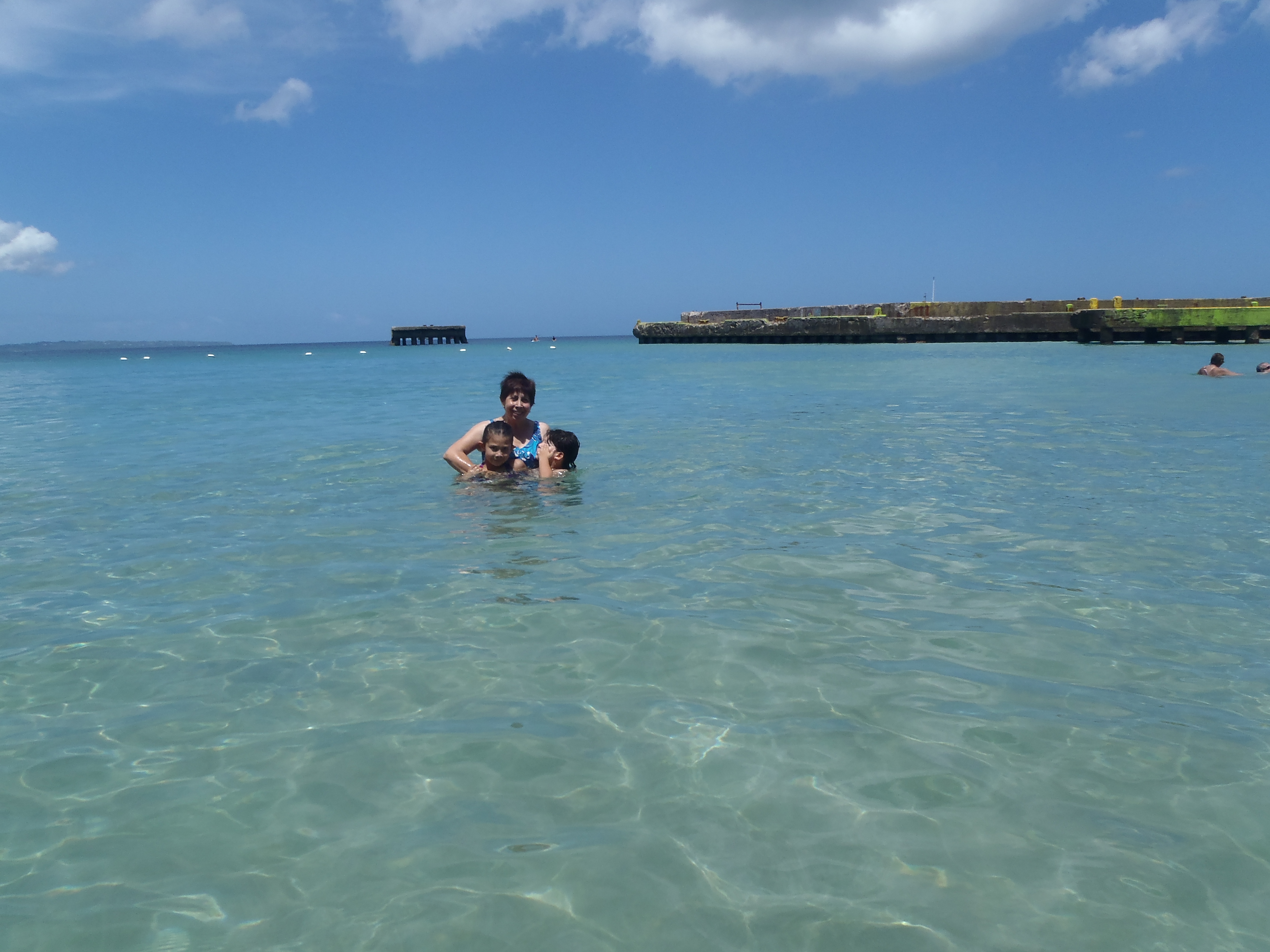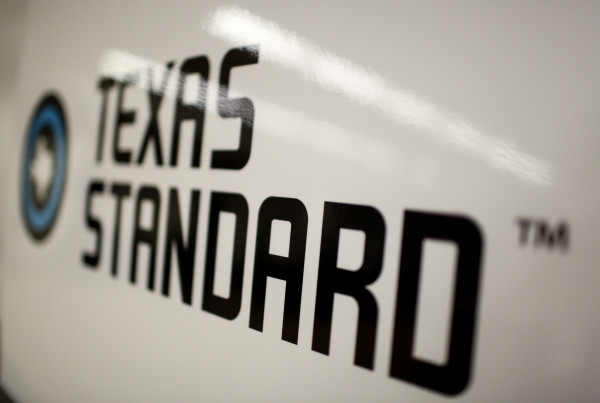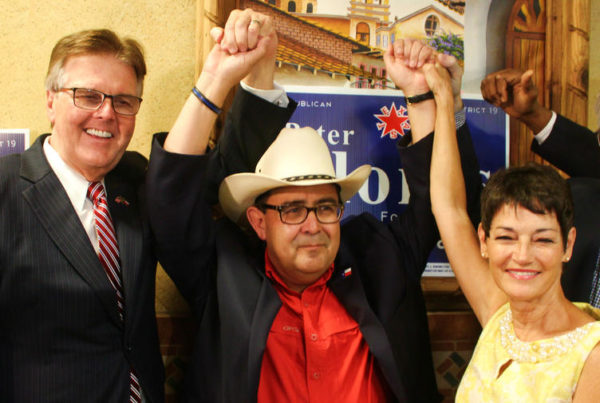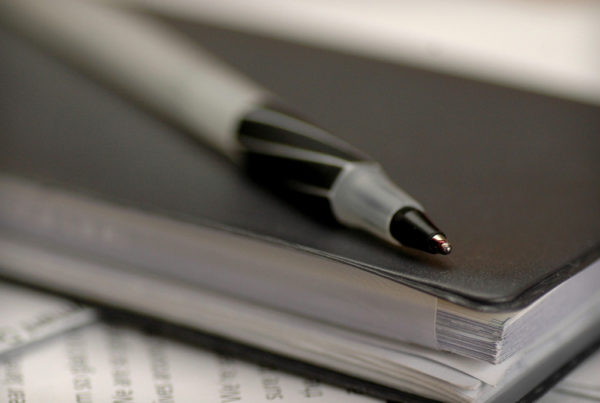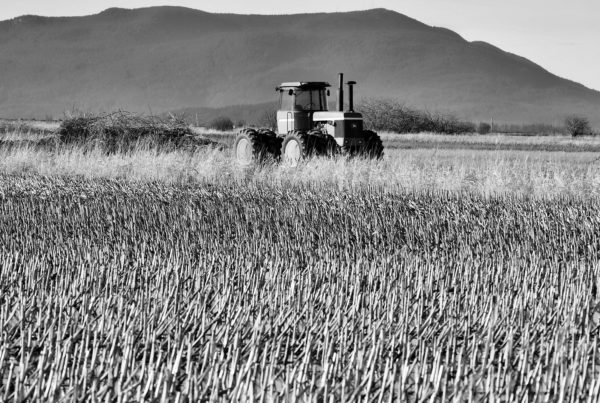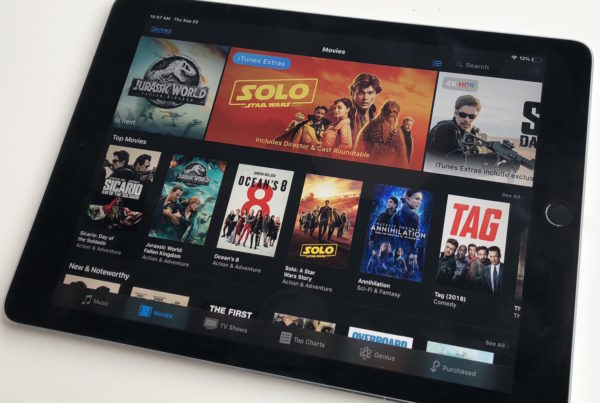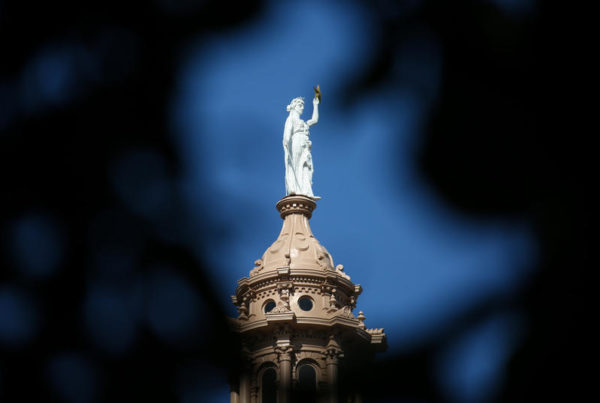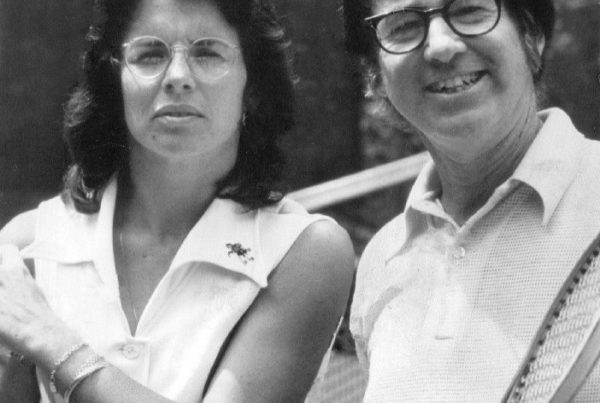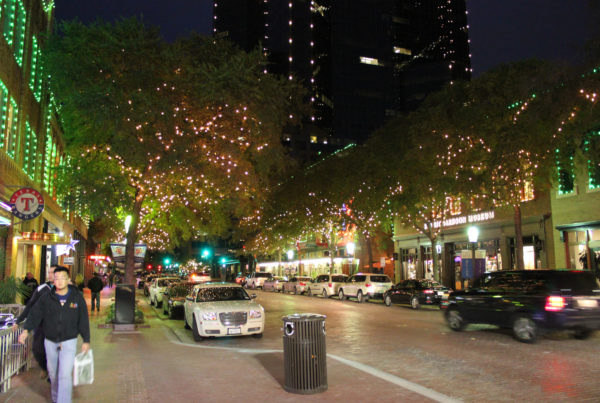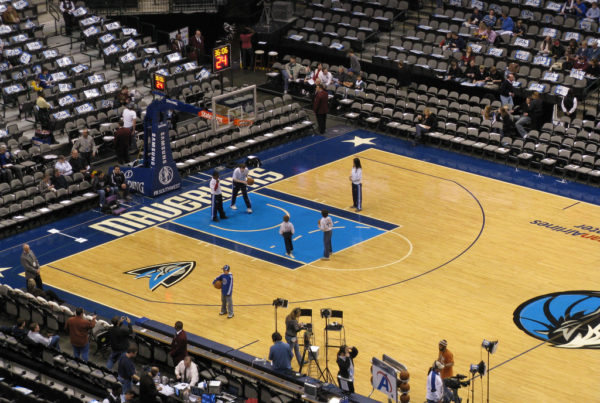The first time I went to my father’s native Puerto Rico, I was a child. Three things stayed with me from that visit: the beauty of the island, the crazy traffic congestion of the 1980s and how people sang and danced everywhere.
In 2015, I went again, as a grown-up. The island was still beautiful but the economic crisis had made many people migrate inland, and Puerto Rico felt empty. But those who remained were still dancing and singing.
Back in the 1500s, the Spanish conquistadors also found it interesting that Puerto Ricans did everything through song and dance. Fray Bartolomé de las Casas wrote about it. He said it was “fascinating” that people dealt with everything, from ancient matters, to the law to “childish things,” all with “rhythmic voices and dance.”
Today, it is the same way – both Puerto Ricans from the island and Puerto Ricans of the diaspora continue with the tradition. I can think of Bruno Mars’ almost childlike friendship song “Count On Me,” and Lin-Manuel Miranda’s retelling of historic events in Broadway’s “Hamilton.”
The list of famous Puerto Ricans is long and diverse, from Rita Moreno – the Emmy-, Grammy-, Oscar- and Tony-award-winning actress of the iconic film adaptation of the Broadway musical “West Side Story” – to Benicio del Toro and Joaquín Phoenix. When HuffPost created a list of famous Puerto Rican artists, it came up with 71 names.
So, how did an island so small – about 35 miles wide by 100 miles long – produce so much talent?
Frances Aparicio, director of the Latina and Latino Studies Program at Northwestern University and a native Puerto Rican, has a theory: “I think that has to do with the need we have to articulate our pain as colonial subjects,” Aparicio says.
Unlike other Caribbean islands, Puerto Rico has never been truly independent since the arrival of the Spaniards. It went from being a colony of Spain to being an unincorporated territory of the United States. And that history means that Puerto Ricans – a people who descended from the Taíno people indigenous to the Caribbean, as well as from Spaniards and Africans – have never in modern history been free.
Aparicio says music went from being a cultural expression to being a form of subversion.
“If you think about the drumming that was censored by colonial governments, the drumming itself became a form of communication among slaves, and drumming then, becomes a very important sonic tradition for resistance. So, when we think about percussion in Caribbean music, in salsa, reggaeton, all of these genres that have been so important to our communities, it is because we can still make that connection,” Aparicio says.
Drums and other percussion instruments are prevalent in Ricky Martin’s worldwide hit “La Copa de la Vida,” or in Jennifer Lopez’s most recent song “El Anillo.”
Nannette Velez leads the Latin Grammy Cultural Foundation, which awards scholarships to young musicians. Velez says the Puerto Rican government goes beyond just focusing on promoting the island’s history; she says it has been deliberate in promoting music as an integral part of life. For her, growing up in Puerto Rico meant that music was everywhere, all the time, even in the classroom.
“Always music was a part of the curriculum. Even the elementary school teachers had to have some training in voice so they could sing in their classes, like to learn the multiplication tables or a poem,” Velez says.
But why do Puerto Rican artists, time and again, become global sensations? Velez says that’s because Puerto Ricans are a colonized people; they’re immersed in the culture of both the old and the new worlds, and they speak two of the most commonly spoken languages in the world.
“As a bilingual artist, they are more quickly to be known internationally,” Velez says.
Every major event in the history of Puerto Rico has shaped its people and its art. Hurricane Maria is no exception. So, brace yourself: the next hit that may take the world by storm is likely to have drums and be sung, as Fray Bartolomé de las Casas would say, by the “fascinating rhythms” of Puerto Rican voices.


